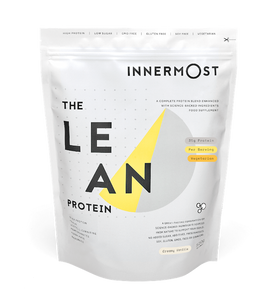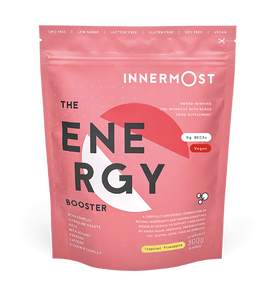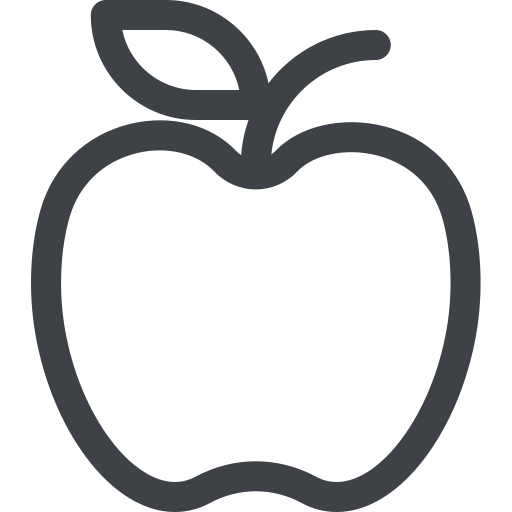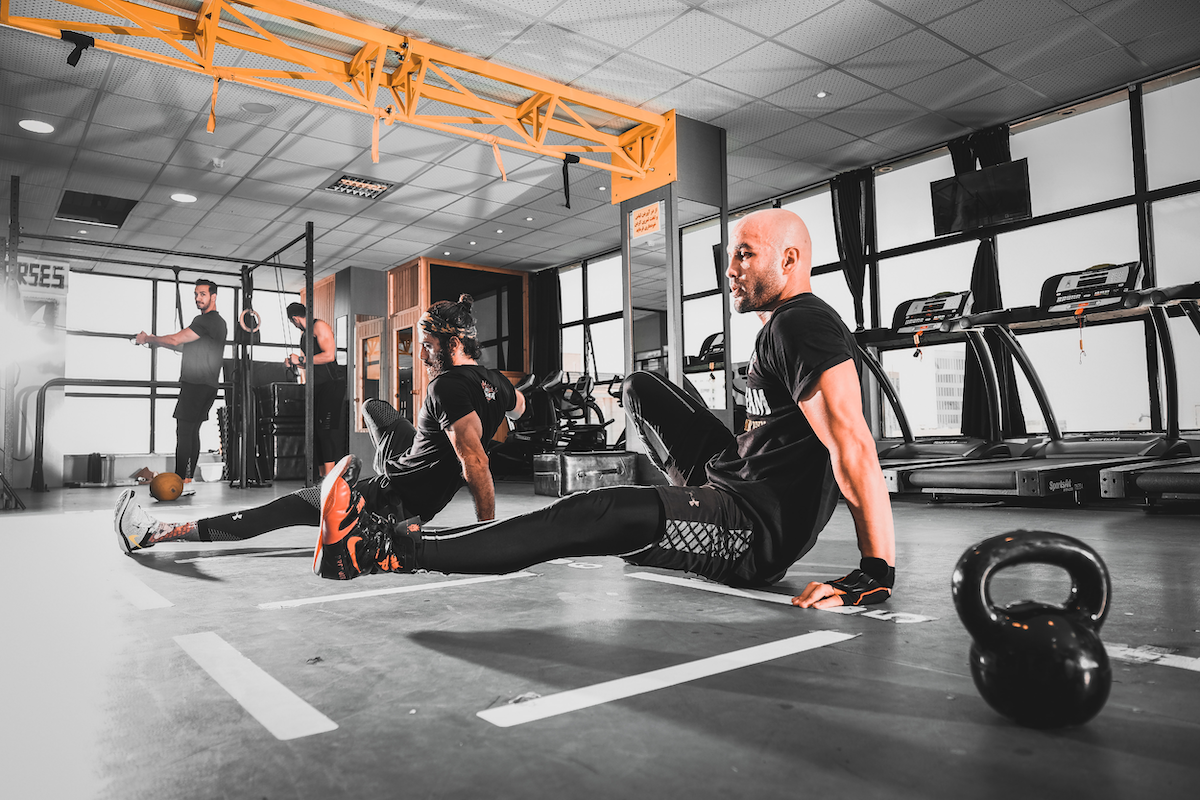Are you regularly trying to build muscle strength but struggling to see any improvement?
It’s a frustrating experience that most will face during strength training - especially if you want to strengthen within a stricter timeframe. It’s only natural in this situation to want to push yourself to spend more time on the same training exercises; instead of 6 deadlift reps you might choose 12, or perhaps you try an extra 20 sit-ups per session. This approach in itself however can increase your chance of workout injuries if not properly controlled and even limit your workout motivation (let’s face it, no one wants to keep doing the same workout for days on end).
In this scenario, you may be tempted to try a new and complex workout routine to keep things fresh. While a potential short-term solution, one of the best ways to smash your exercise goals is actually as simple as breaking down your current strength-building routine and focusing the training on specific eccentric, isometric, and concentric muscle exercises.
What is eccentric, isometric, and concentric exercise?
Believe it or not, during exercise the processes of strength training can be broken down into three core actions: concentric movements and eccentric movements (isotonic training), and isometric hold training.
- Concentric movement: occurs when there’s increased tension in the muscle and therefore fibres shorten and contract.
- Eccentric movements: are the opposite; these occur when the muscles become relaxed, tension is released, and they subsequently lengthen.
Think about the process of lifting a free weight. As you lift the weight and your arm bends upwards, that tension you feel is the concentric movement of the muscle. Similarly, as you hold but ease the weight back down your arm elongates and causes eccentric movement.
- Isometric holding: as the name suggests. Instead of relying upon movement, you hold a single position at a particular angle to build muscle strength – think headstands and planking.
While you have likely trained using these methods interchangeably, each of the exercises has key differences and unique muscle-strengthening benefits that can make them highly beneficial within to include in a training plan.
Benefits of concentric exercises
While it might seem strange and perhaps even unnatural to focus a strength session solely on the concentric process of muscle building, there is a multitude of benefits to this type of training.
Consider the increasing tension and shortening muscle mechanism of concentric isotonic exercises.
- Firstly, this process causes less damage than the release of tension in your muscles (eccentric movement).
- Secondly, while concentric exercise doesn’t strengthen the muscle to the extent of eccentric training, these targeted workouts thankfully result in far less muscle tearing, and therefore workout recovery time can be drastically reduced.
- As a result, concentric exercise allows muscles to be trained more regularly, building longer endurance, power, speed, and strength levels.
While concentric exercises are a beneficial tool for any individual’s fitness goals, they are specially tailored for those looking to build their endurance. Those who will particularly benefit from this strength training are:
- Short-term sprinters
- Aspiring marathon runners
Whatever muscle you are trying to strengthen, there is a range of different exercises for you. While deadlifting might be the obvious choice for those looking to strengthen their arms, most gyms also have access to bicep curl equipment that focuses entirely on training with concentric exercise. For leg day there is also similar hamstring curl and muscle-building equipment.
Those looking for concentric exercises outside the gym are also in luck. Exercises like squats and sit-ups can be a good training tool for the muscles, but even training with lifting heavy objects around the house can have a beneficial impact.
Benefits of eccentric exercises
On the other side of isotonic training, the eccentric movement – also known as the negative - occurs when the muscle moves from a tense to a relaxed position and subsequently lengthens. Again, it might seem unusual to focus solely on the easing process of strength training, but once you’ve got the hang of it, eccentric exercise can have a wide range of benefits for your body.
Unlike a concentric workout, the eccentric contraction process sees the muscle stretched from a larger force than the muscle is generating - think the second part of your arm or leg workout where you steadily lower the weight to its default position. You still control the weight drop, but the muscle is no longer generating more lifting force than the weight itself - hence the name ‘the negative’.
With this in mind, eccentric workouts are:
- A fantastic way to strengthen your muscle fibres, tendons, and ligaments and as such limit any risk of injury.
- Secondly the best workout to build muscle.
While yes, eccentric tailored workouts can leave your muscle initially feeling pained and lead to longer recovery times in the short term – (as I’m sure you know moving your arm can become quite the challenge after arm day) – the negative impact creates additional small microtears and lets your body repair and rebuild muscles much stronger than other workouts.
As such, eccentric-focused training is particularly useful for:
- Athletes
- Those looking for efficient muscle build.
- Those looking to build muscle after an injury as part of a rehabilitation process.
I’ll agree that eccentric-focused exercises might seem a little unruly and impractical, but you will actually find there are plenty of simple ways to begin. Similarly, to concentric training, most gyms will house specifically tailored equipment based on eccentric muscle building. The triceps extension machines can be a particularly good choice for arm muscle build and likewise, calf raises can be good for the, well... calf muscles and squats are extremely effective at building a range of muscles.
Benefits of Isometric hold exercises
As the name implies, isometric holds are all about strength building from a still position. The muscle does not grow longer or shorter and instead the exercise generates muscle force and tension to keep your body in an unchanged position. While not every training plan will include isometric holds, both with isotonic exercises and as an individual fitness plan, there are multiple unique benefits of doing so that can revitalise your training.
Indeed, isometric holds can be a fantastic method to:
- Engage and build core stomach and back muscles.
- Improve balance and co-ordination.
- Build muscle and meet a difficult weight challenge once your isotonic strength exercise plateaus.
- Recover from injury.
Consider a bicep curl, either with free weights or using specific equipment. If you’re struggling to lift or lower a particular weight, holding the weight in a still position during the lift can strengthen your muscles and improve your ability to complete the isometric lifts during the next session. This combined isometric application is especially useful during the injury recovery process as specific muscles can be strengthened without having to shorten or elongate.
Isometric holding is probably the simplest muscle-building exercise in the sense that it’s easy to set up both in a gym or at home and doesn’t require any specific equipment to carry out. This makes hold workouts particularly useful for beginners looking to improve muscle strength. Exercises like:
- Headstand holds
- Wall sits
- Hollow holds
- Planking
can be as simple as finding a suitable wall (with a soft floor of course) and giving them a go.
Which approach is the best for strength training
Considering all the unique differences and benefits of eccentric, isometric, and concentric training you might be thinking of the best approach you should take in your exercise plan. To this point, it should be said that all 3 forms of training are just as important as one another and by focusing on one over the other you are limiting your ability to improve muscle strength.
With that said, it is important to try and get a mix of all three styles into your plan, both used interchangeably and through unique sessions set aside for each specific style. Such a training mindset will not only produce some variety in your exercise routine to keep you motivated, but by mixing these three styles, you will also train different and specific parts of the muscle to produce the best, most efficient and most effective results from strength training workouts.
Interested to learn more about strength training? Wondering how exercise can improve your mental health? Perhaps you have some innovative and inspirational ideas to share? Don’t hesitate to contact us over on our Instagram @liveinnermost.



















